Protecting Dalat "tropical paradise"
Due to the general impact of climate change worldwide, Da Lat City, Lam Dong Province is no exception. Da Lat, known as the "land of fog", "miniature Paris", "city of the most beautiful years" is facing major challenges from climate change. Data shows that the average temperature in Da Lat has increased by 1.2°C over the past 10 years, leading to worrying changes in rainfall and extreme weather events, with prolonged droughts in the dry season and landslides, localized flooding, hailstorms, etc. in the rainy season.
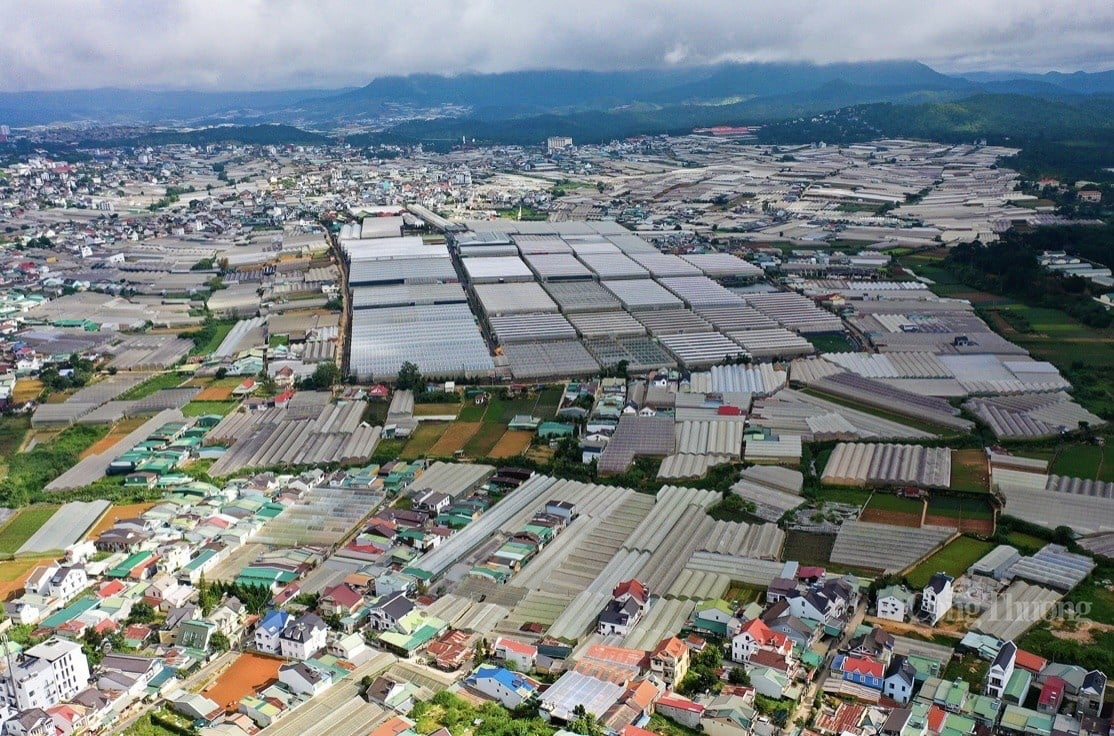 |
| Da Lat City currently has about 300 hectares of net houses and greenhouses. (Photo: Le Son) |
Da Lat is located in Lam Dong plateau, with a temperate climate, the average temperature all year round is about 18-25 degrees Celsius. However, in recent years, the average temperature in Da Lat has continuously increased with many hot days reaching over 30 degrees Celsius, causing many negative impacts on people's lives and tourism activities here. Experts say that the main causes of this situation include deforestation, population growth and development of industrial activities; trade; high-tech agricultural production under greenhouses; rapid urbanization, etc.
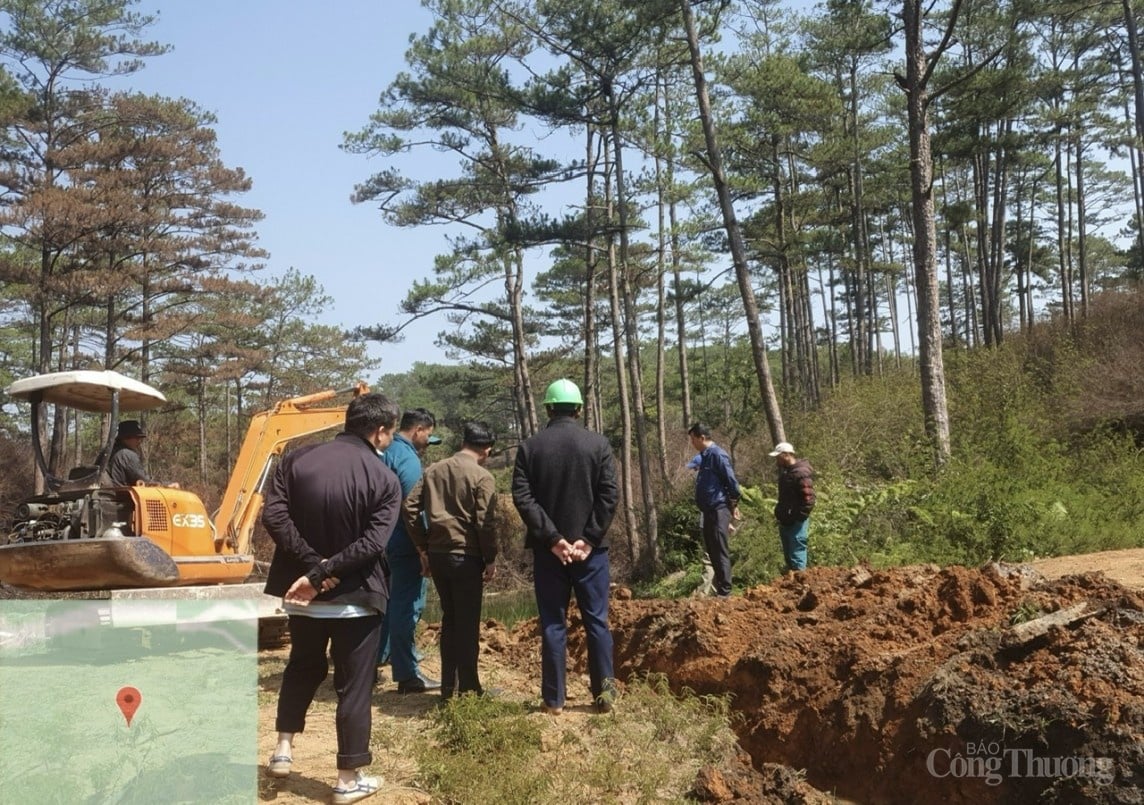 |
| Da Lat City authorities inspect and clear cases of encroachment on forestry land for afforestation. (Photo: Le Son) |
Climate change is causing some serious consequences, directly affecting the health and quality of life of the people, in addition, tourism activities, the key economic sector of Da Lat are also being affected. The high temperature has caused many tourists to postpone or cancel their travel plans to this city. In addition, the decline in trees, flowers and local products also affects the uniqueness of Da Lat, thereby reducing its attractiveness to tourists.
To cope with climate change, experts suggest that there should be specific policies and actions from local authorities as well as active participation from the community. Prioritizing afforestation; limiting the development of net houses and greenhouses for agriculture in the inner city; being more cautious in urban planning, etc. are important and key solutions. At the same time, increasing propaganda and raising people's awareness of environmental protection is also an issue that needs attention.
The warming in Da Lat is not only a challenge for the city, but also a warning sign of the impacts of climate change on the whole country. It is necessary to take specific actions soon to protect Da Lat and other regions from these increasingly serious impacts. In particular, there are times when fresh water sources are depleted, causing difficulties for people's lives and production. Natural ecosystems such as primary forests, lakes and waterfalls are also significantly affected. Therefore, it is necessary to protect forest resources and water sources, and minimize the impacts of digging and drilling underground water wells, etc.
Faced with this situation, local authorities have implemented a number of solutions such as encouraging people and businesses to use renewable energy, increasing urban vegetation cover and raising public awareness of environmental protection. However, experts say that more synchronous and drastic policies are needed to respond to the challenges of climate change and protect Da Lat, Vietnam's "tropical paradise".
Lack of adequate heritage conservation planning
On May 22, speaking with reporters of the Industry and Trade Newspaper, Doctor of Science, Architect Ngo Viet Nam Son expressed his opinion: Urban development in Vietnam in general and in Da Lat in particular, in recent times, has a common risk of being unsustainable, with excessive concreting, encroachment on green spaces, water surfaces and heritage, leading to consequences such as local flooding, traffic jams, and loss of identity. It is worth noting that areas with heavy flooding and traffic jams are often new project areas.
 |
| Doctor of Science, Architect Ngo Viet Nam Son. (Photo: NVCC) |
Behind the image of many new constructions springing up is the risk of damage to the budget because investors only do projects to sell for money, the burden of infrastructure and the environment is "pushed" all to local authorities, the State takes care of it. This injustice comes from the greed of investors and is partly due to weakness, laxity in urban management, misuse of land, etc. The government does not have a mechanism to force investors to be responsible for handling environmental impacts, so in the end, they have to use people's tax money to deal with the consequences.
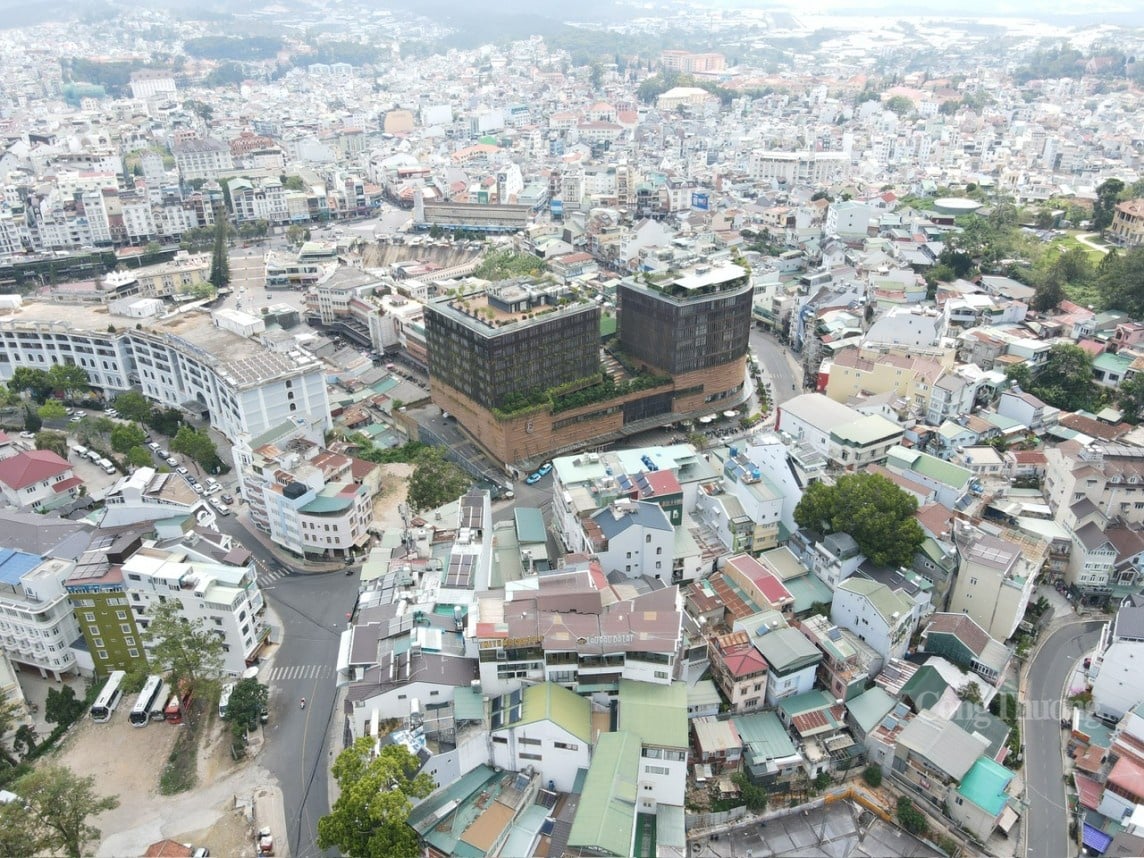 |
| In the center of Da Lat city, there are very few trees left. (Photo: Le Son) |
Every project in Vietnam has an environmental impact assessment, but the implementation is not very effective. There are projects where the investor earns billions of dollars but does not pay any compensation for environmental damage while the government has to spend thousands of billions of dong to deal with the consequences of flooding and traffic jams. In foreign countries, when a project causes environmental impacts such as traffic jams and flooding, the government always has measures to force the investor to contribute to the cost of handling.
Back to the story of Da Lat, this is a city with many heritage values but has not been properly appreciated. In recent years, the city center has almost no trees, and has been rapidly concreted, leading to hot dry seasons, prolonged droughts, high temperatures, and the rainy season has started to cause flooding, traffic jams, landslides, etc.
We can compare, Buon Ma Thuot City, Dak Lak Province is not far from Da Lat City, look at the way the government here plans the urban area, the roads are spacious and airy because both sides of the road are covered with green trees, significantly reducing the hot temperature.
When asked about Da Lat, Ms. Hoang Thi Quynh Nhu, a tourist from Khanh Hoa province, shared: " Coming to Da Lat this time, my family and I were surprised because this place is undergoing rapid urbanization, similar to other cities in Vietnam, the climate is getting hotter, the feeling is hot at noon, the sun is burning your hands,... Along with that, some tourist attractions use decorations, fake scenes, made of plastic, which has lost the identity and inherent poetic beauty of Da Lat."
Dr. of Science, Architect Ngo Viet Nam Son said that Da Lat is lacking a worthy heritage conservation plan to demonstrate three core elements: the French heritage site, the Vietnamese heritage site and two landscape axes of Cam Ly stream and Xuan Huong lake overlooking Lang Biang mountain.
Over the past few decades, investors developing Da Lat have not taken advantage of the strengths of natural space and heritage space here for tourism projects. The most regrettable thing is that up to now, Da Lat has not had new, modern, worthy urban areas that can attract educated residents and high-income people to live here.
“ In November 2023, Lam Dong Provincial People's Committee rejected the proposal to locally adjust the 1/500 planning of the central area of Hoa Binh , Da Lat City , including the high-rise hotel project on the hill of the Governor's Palace , which proves that the provincial leaders have recognized the problem. I hope this is the beginning of a process of correcting mistakes in urban planning and design to bring Da Lat back to the path of sustainable development, associated with nature protection and heritage conservation " - Dr. of Science, Architect Ngo Viet Nam Son shared.
Source: https://congthuong.vn/lam-dong-da-lat-trong-con-bao-bien-doi-khi-hau-321715.html


![[Photo] President Luong Cuong meets 100 typical examples of the Deeds of Kindness Program](https://vstatic.vietnam.vn/vietnam/resource/IMAGE/2025/4/16/ce8300edfa7e4afbb3d6da8f2172d580)
![[Photo] General Secretary To Lam gave a speech at the National Conference to disseminate the Resolution of the 11th Central Conference, 13th tenure.](https://vstatic.vietnam.vn/vietnam/resource/IMAGE/2025/4/16/04e0587ea84b43588d2c96614d672a9c)
![[Photo] Prime Minister Pham Minh Chinh receives Cambodian Deputy Prime Minister Neth Savoeun](https://vstatic.vietnam.vn/vietnam/resource/IMAGE/2025/4/16/e3dc78ec4b844a7385f6984f1df10e7b)
![[Photo] The 9th Vietnam-China Border Defense Friendship Exchange](https://vstatic.vietnam.vn/vietnam/resource/IMAGE/2025/4/16/10e73e2e0b344c0888ad6df3909b8cca)

![[Photo] Opening of the Exhibition on Green Growth](https://vstatic.vietnam.vn/vietnam/resource/IMAGE/2025/4/16/253372a4bb6e4138b6f308bc5c63fd51)
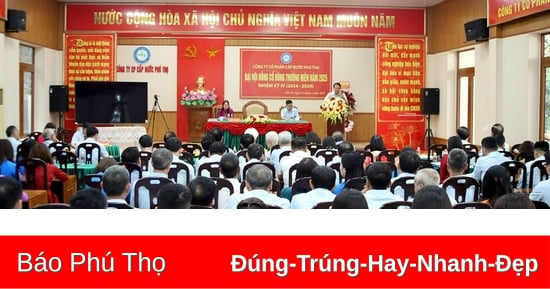



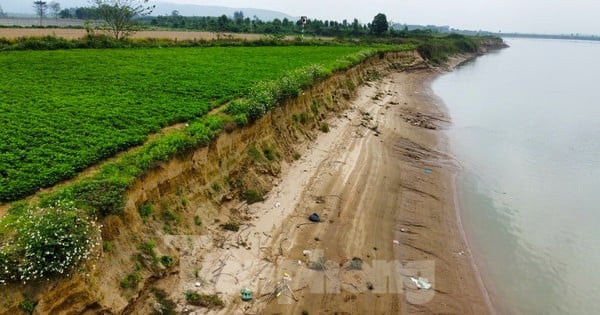




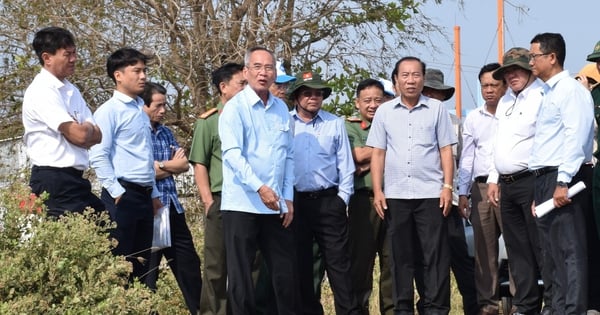

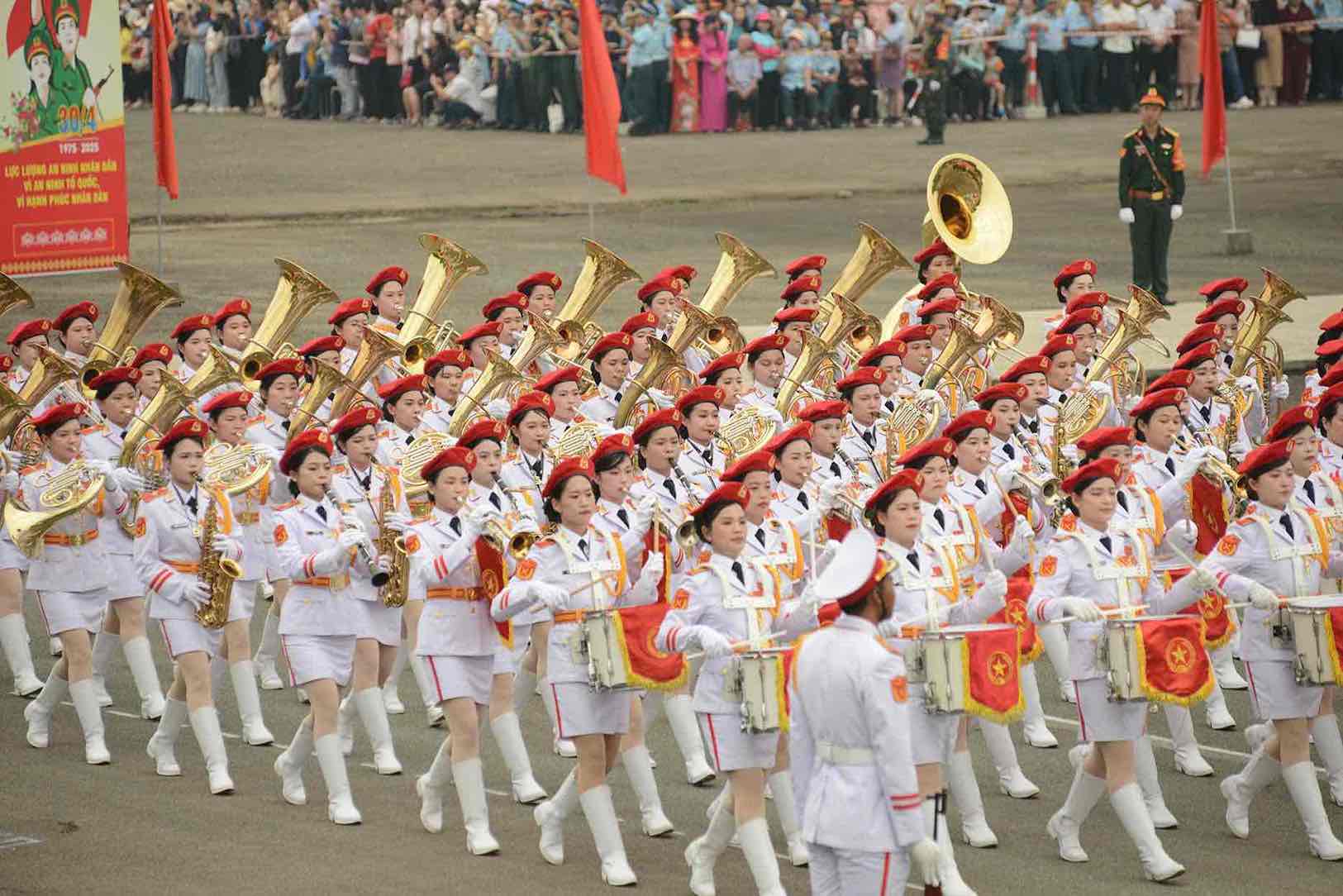
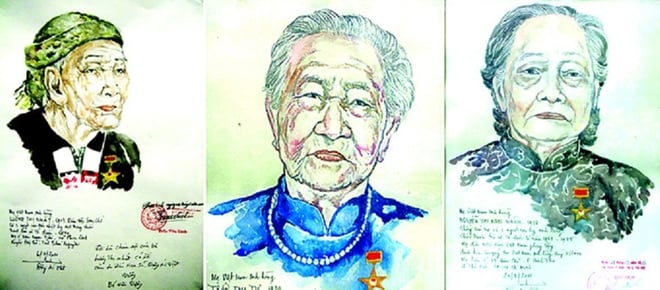








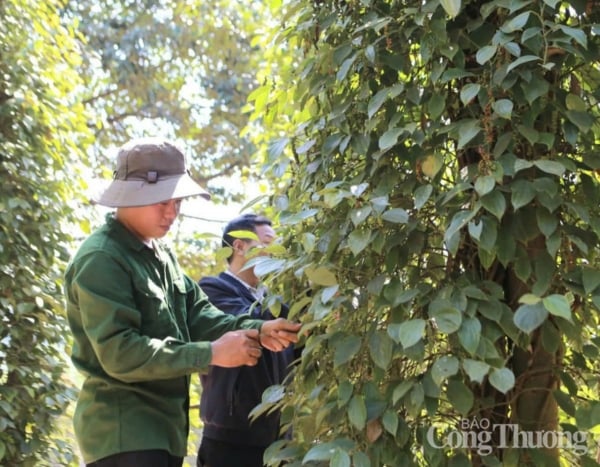

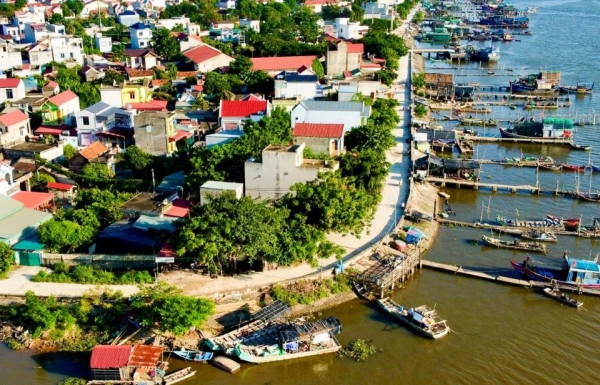

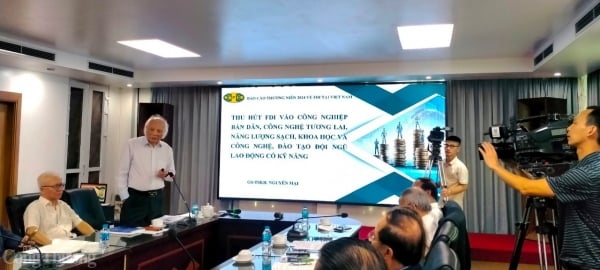
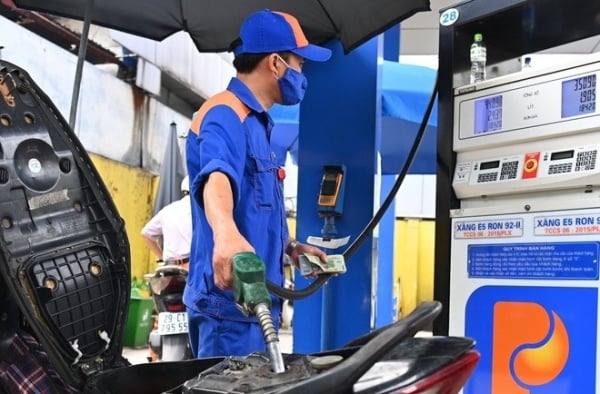






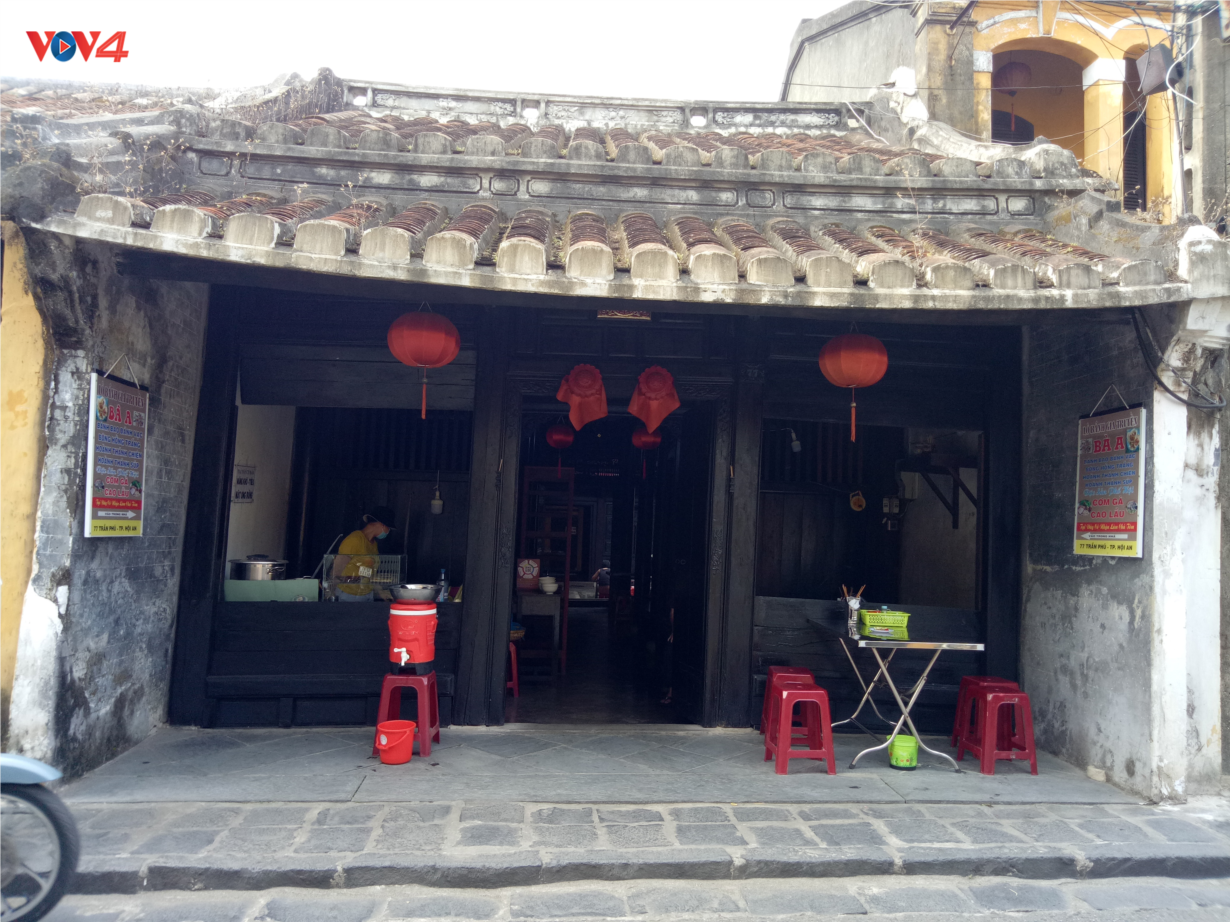

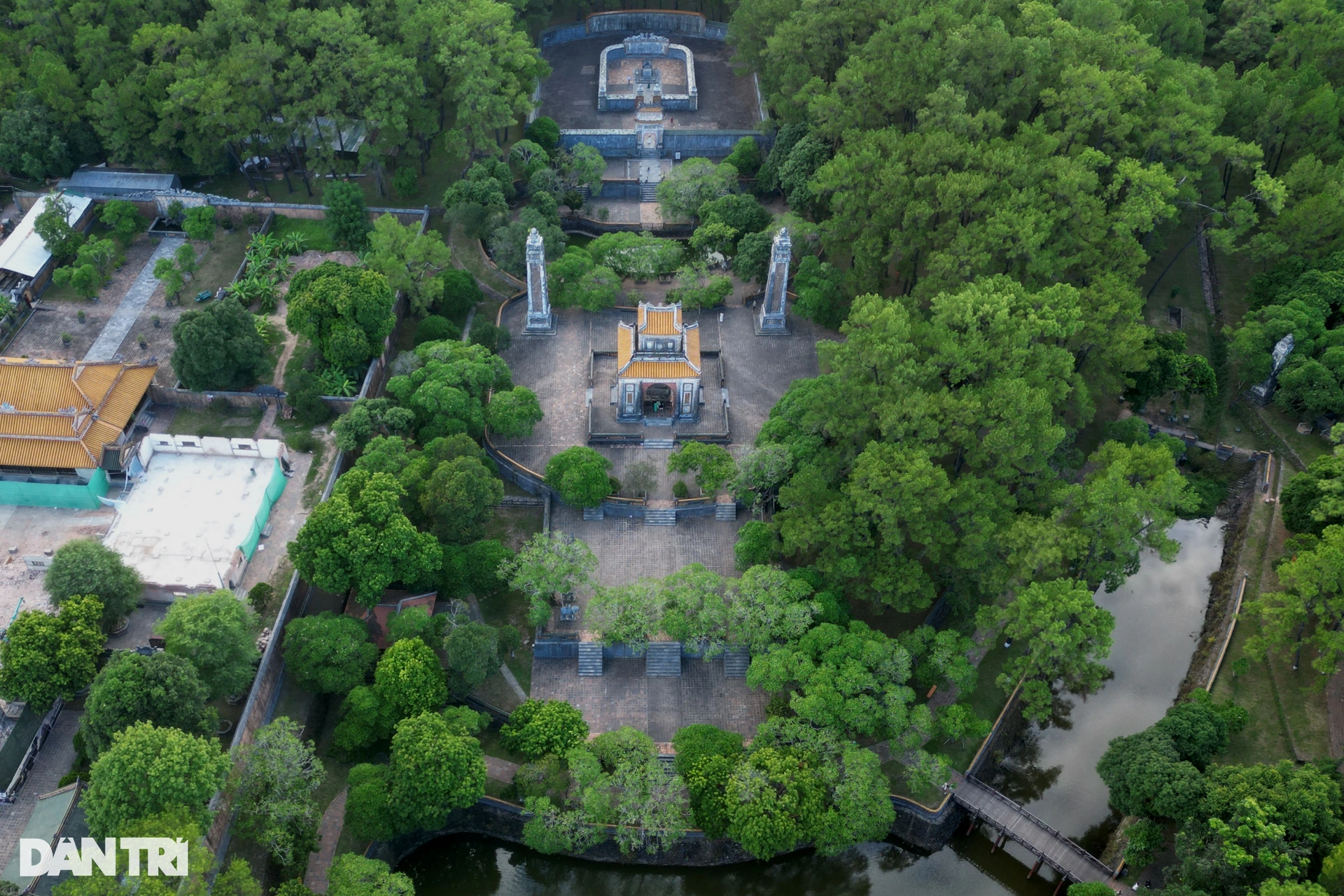

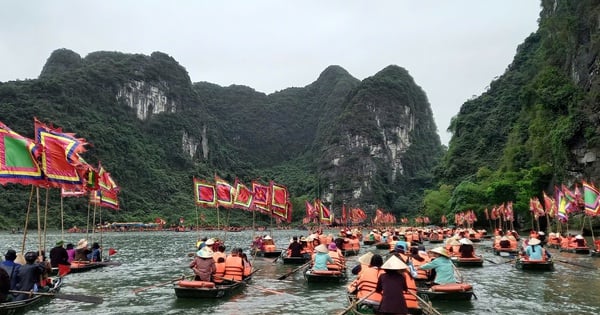





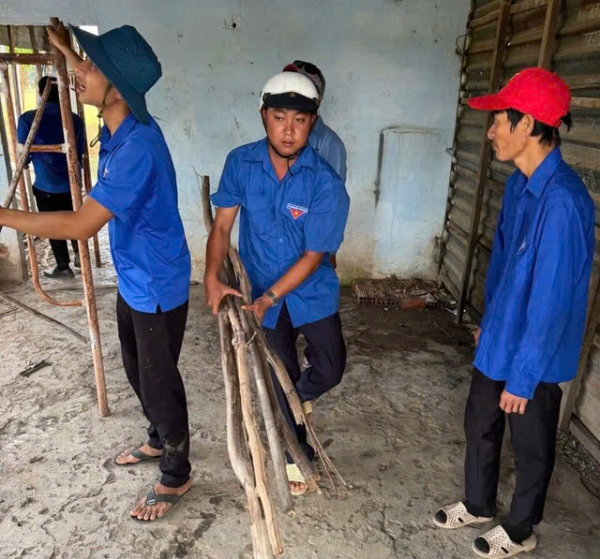

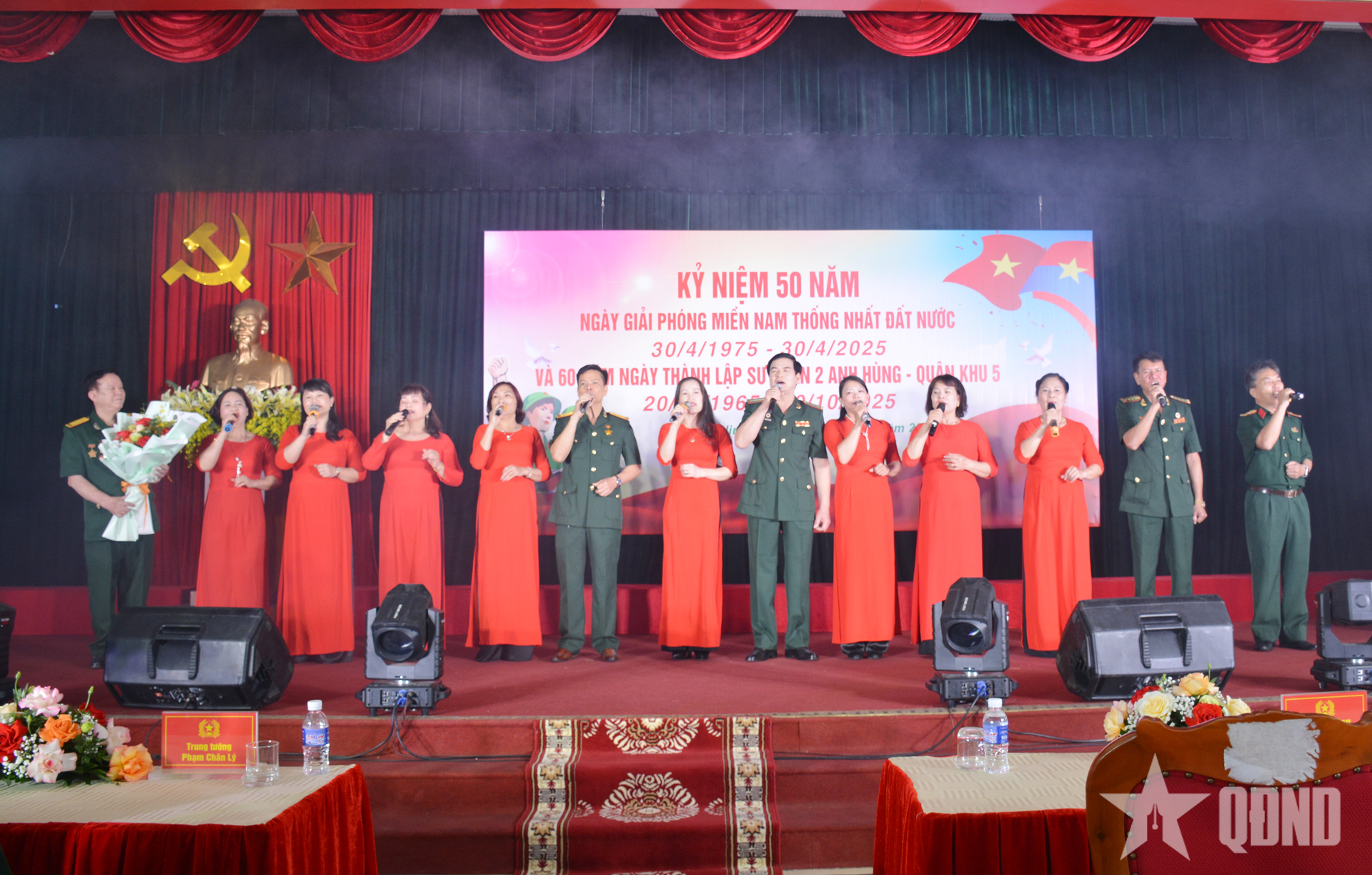







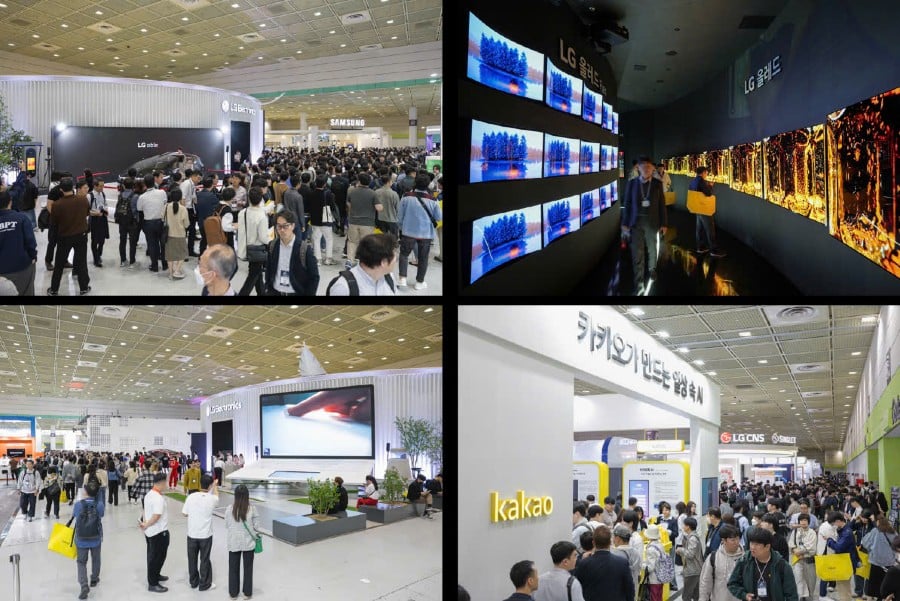


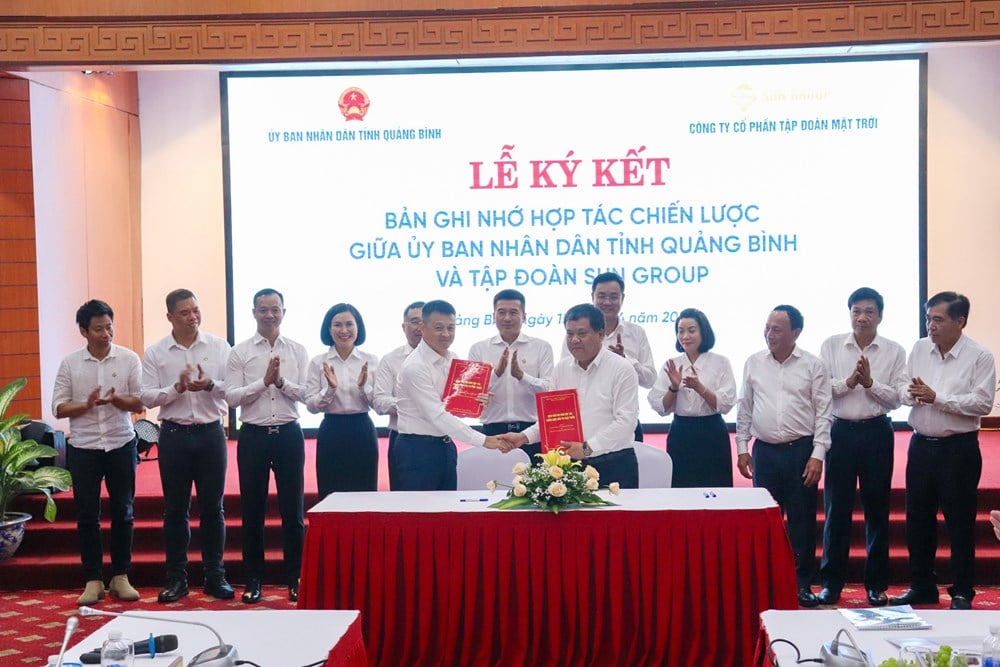



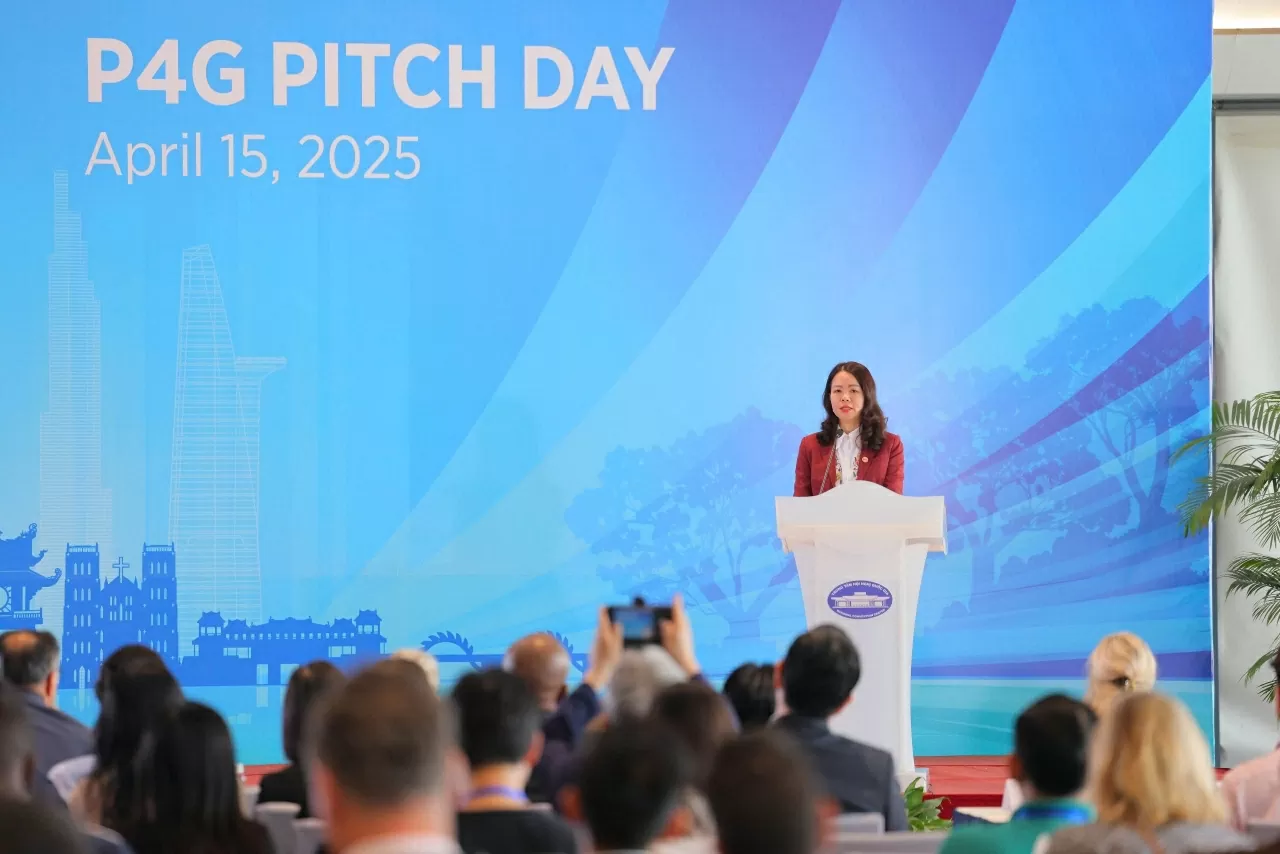

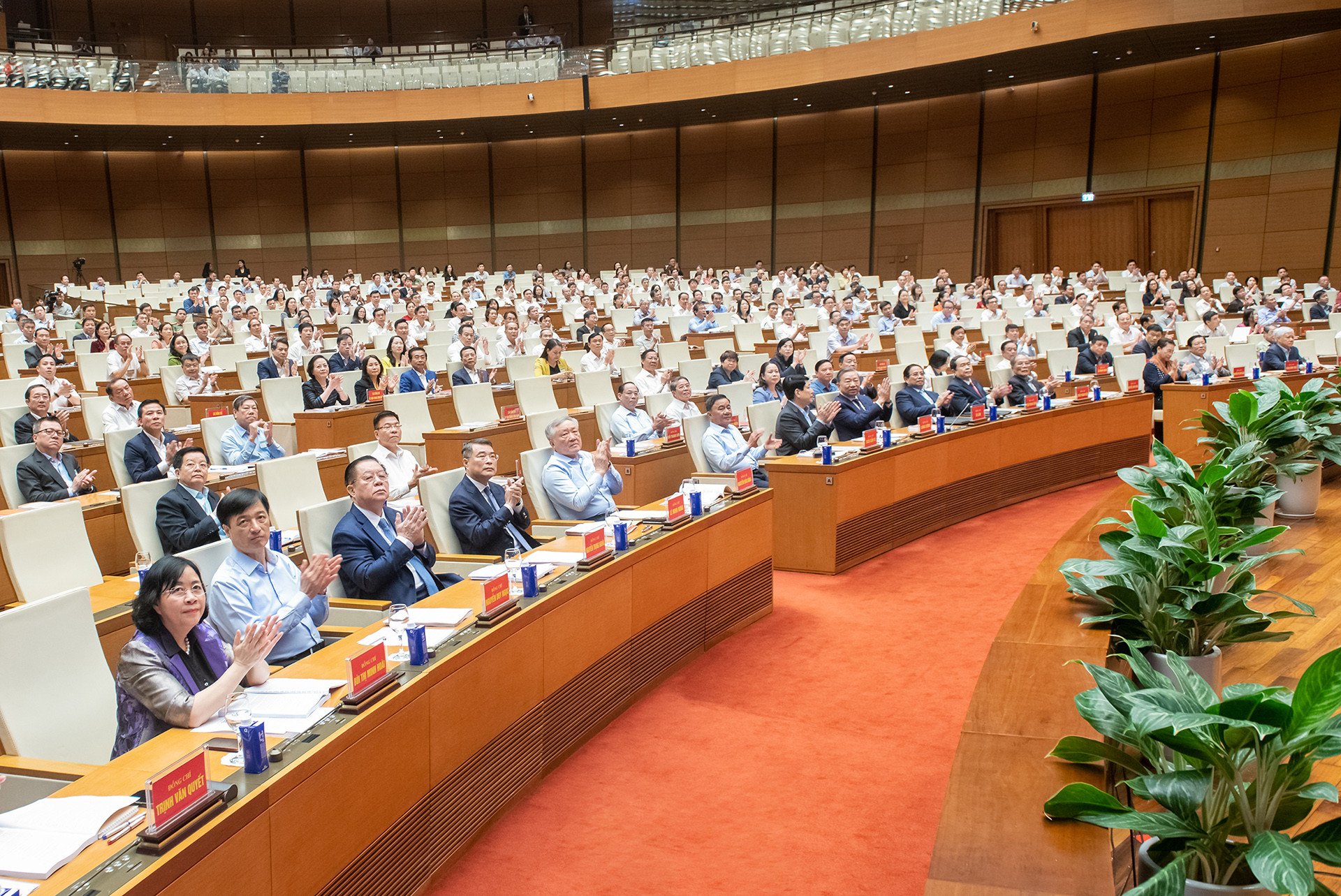

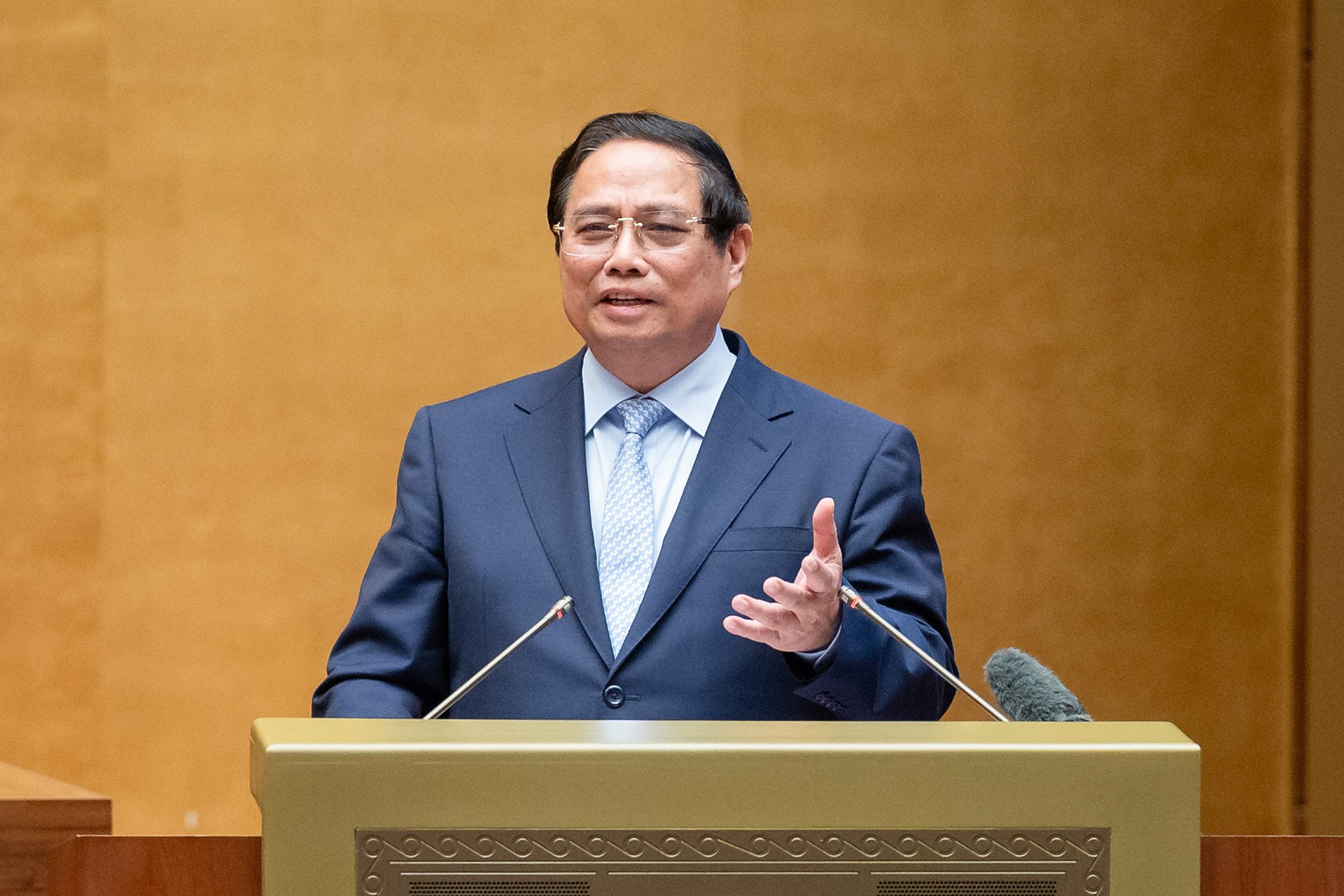





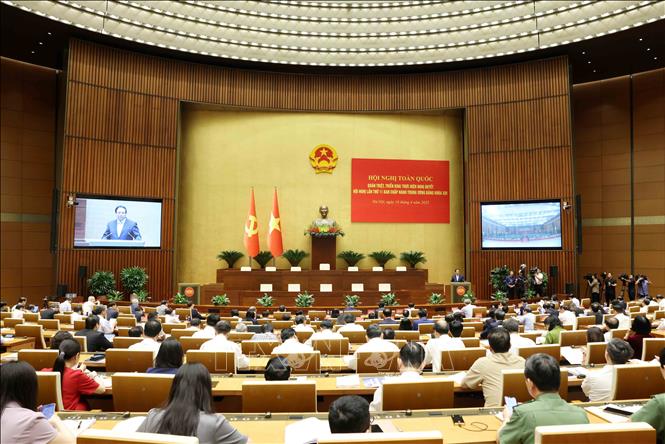


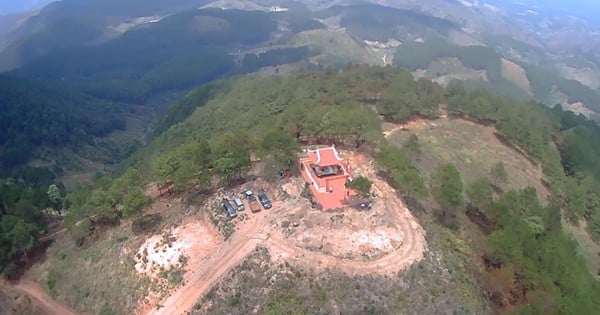



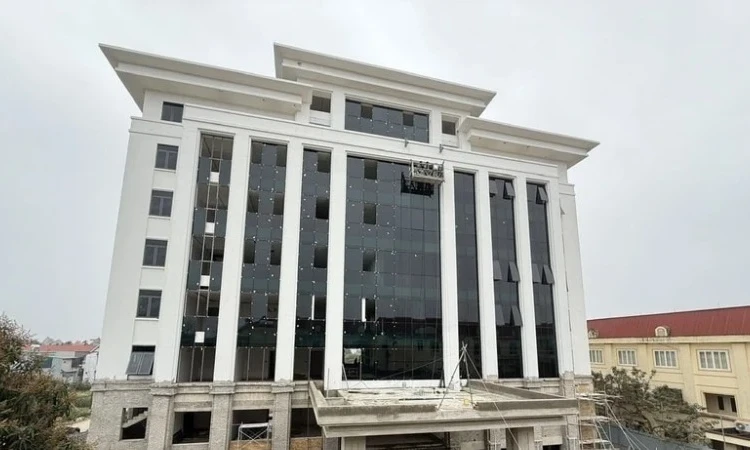

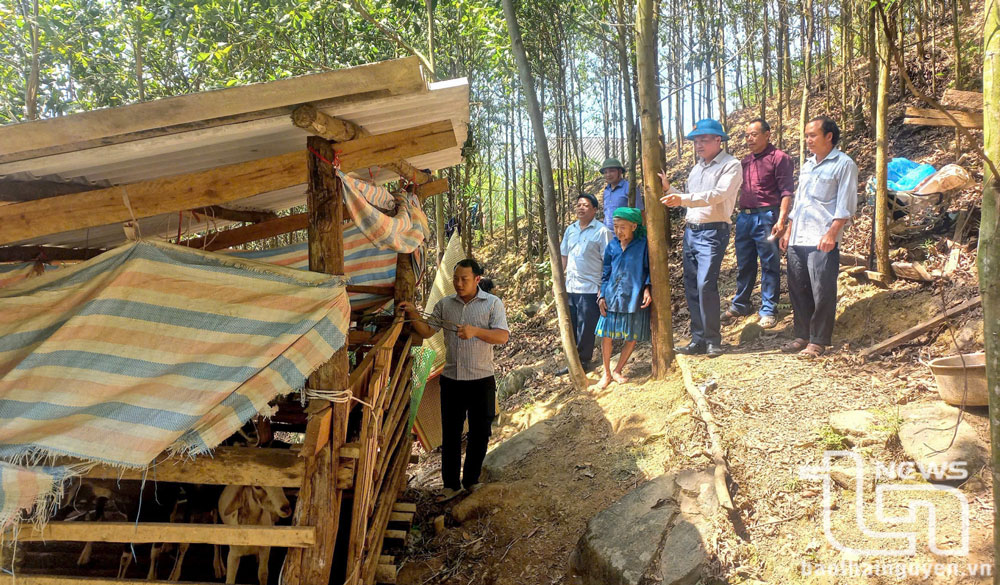

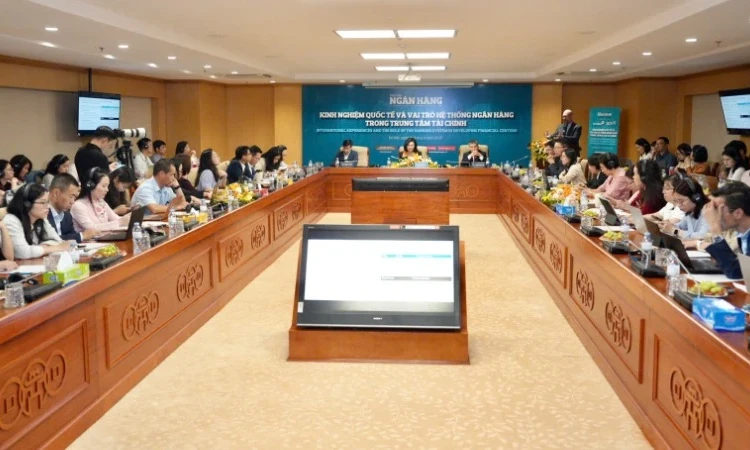
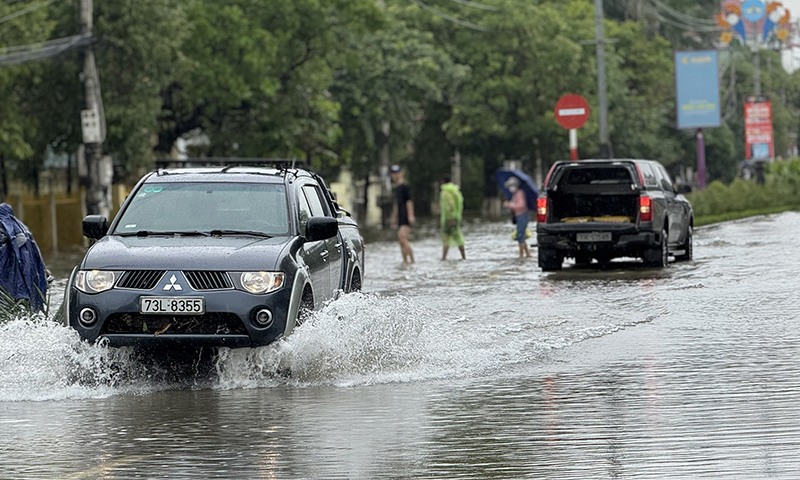

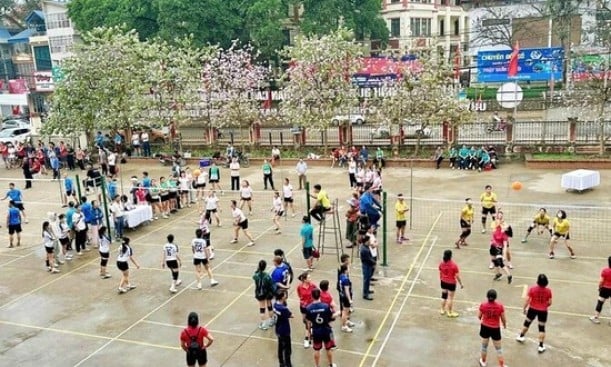
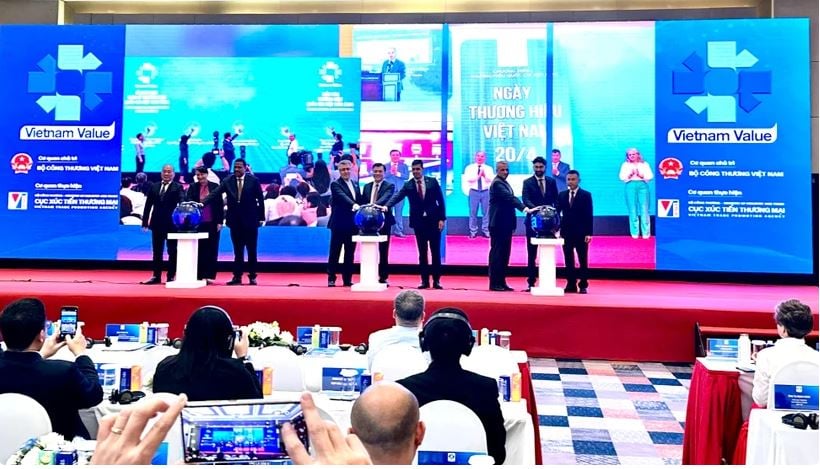



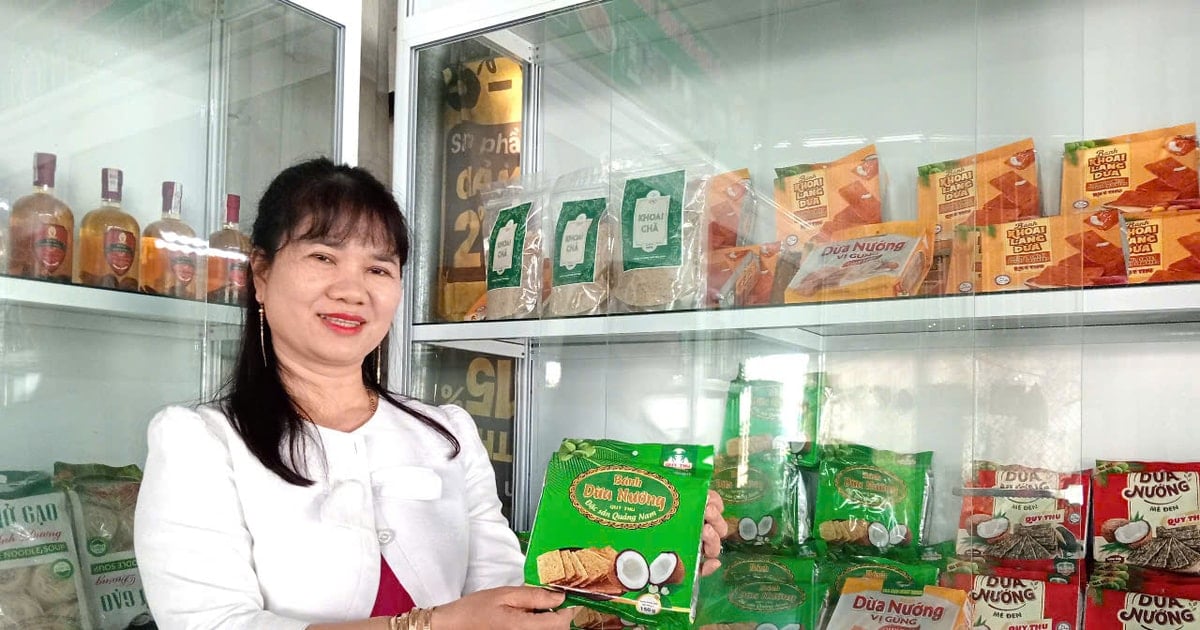





![[Photo] The capital of Binh Phuoc province enters the political season](https://vstatic.vietnam.vn/vietnam/resource/IMAGE/2025/4/16/c91c1540a5744f1a80970655929f4596)
Comment (0)